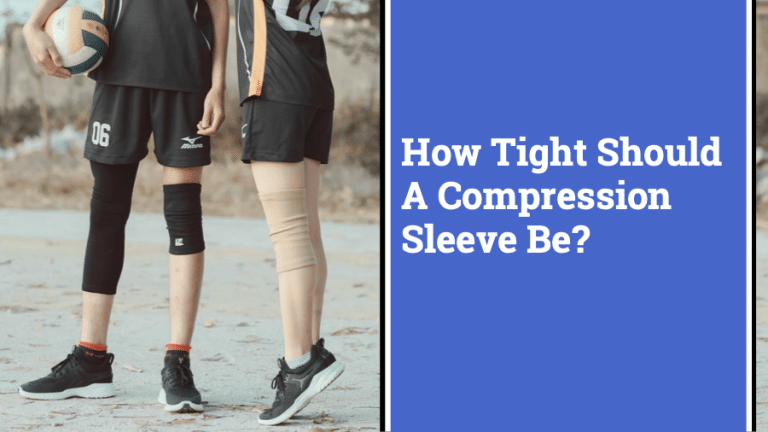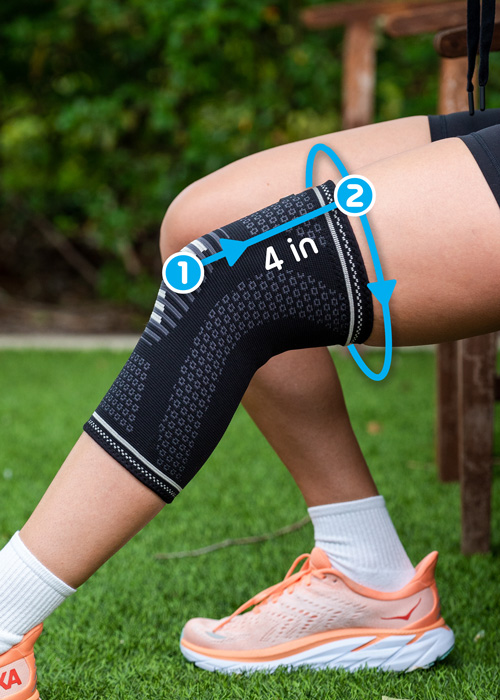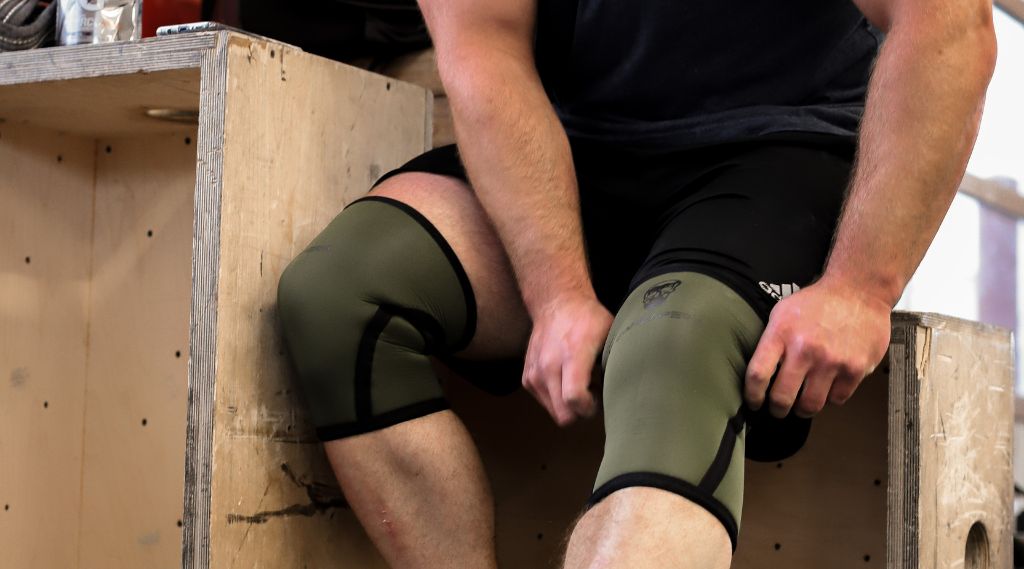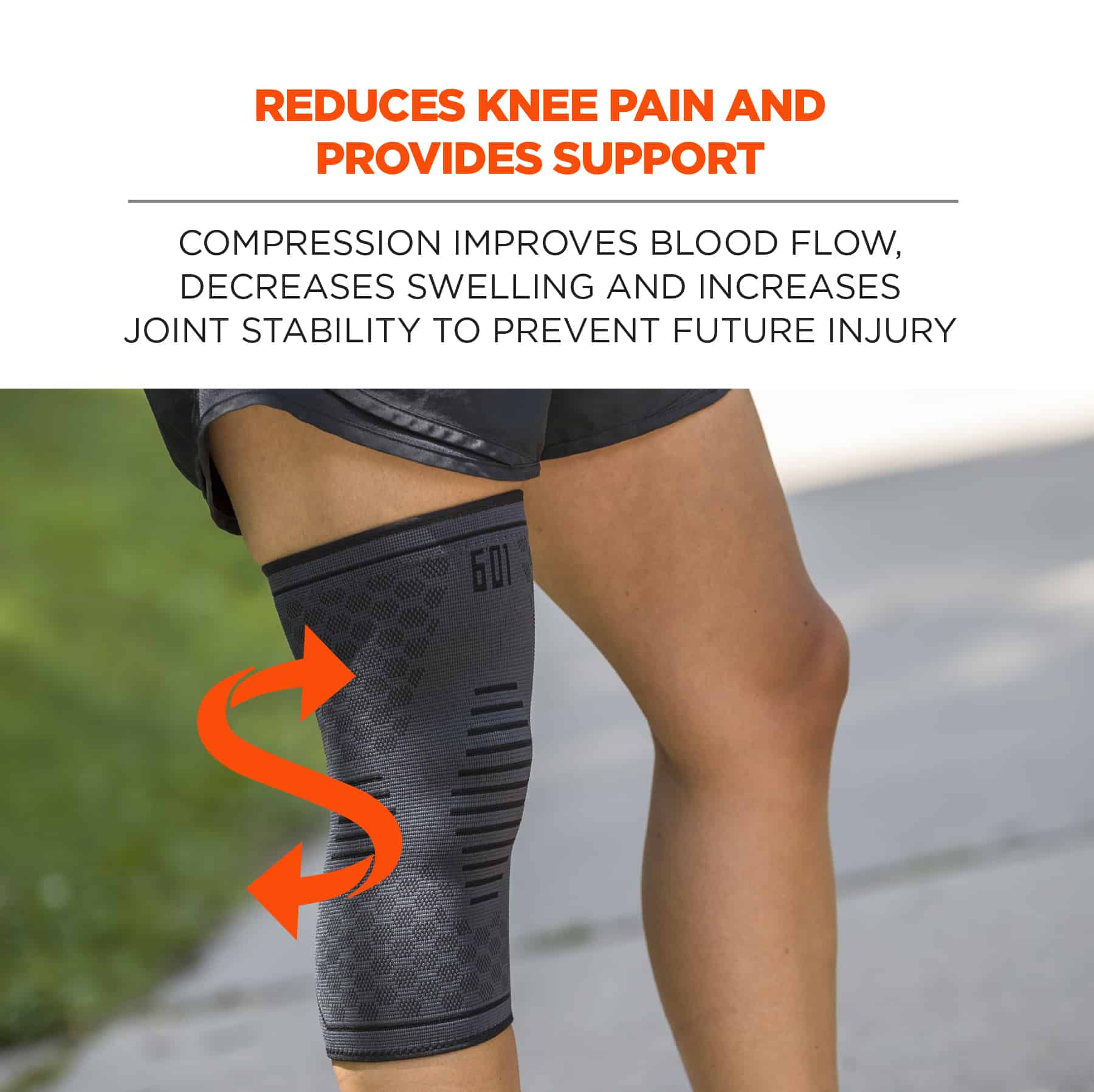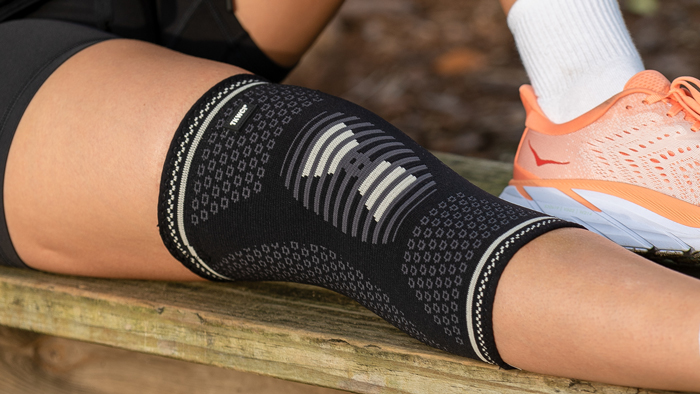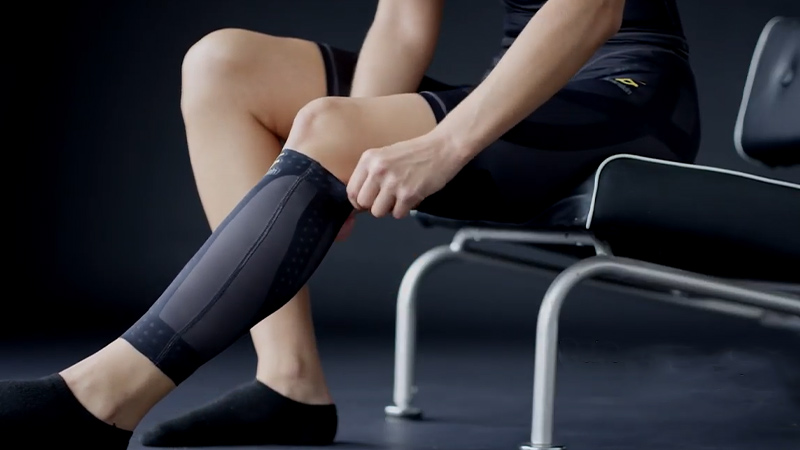How Tight Should A Knee Compression Sleeve Be

Knee compression sleeves have become increasingly popular among athletes, fitness enthusiasts, and individuals seeking relief from knee pain. But a crucial question persists: How tight should a knee compression sleeve actually be to provide the intended benefits without causing harm?
This seemingly simple query involves a complex interplay of factors, including individual needs, activity levels, and the specific purpose for wearing the sleeve. Overly tight sleeves can restrict blood flow and cause discomfort, while sleeves that are too loose may not offer sufficient support or compression.
Understanding Knee Compression Sleeves
Knee compression sleeves are elastic garments designed to provide support, compression, and warmth to the knee joint. They are often used to manage pain associated with conditions like arthritis, tendinitis, and minor sprains. The University of Michigan Health states that these sleeves can help improve proprioception, or the body's ability to sense its position in space.
This enhanced awareness can lead to better joint stability and reduced risk of injury, particularly during physical activity. Beyond injury management, many athletes use compression sleeves to enhance performance and reduce muscle fatigue during intense workouts.
The Goldilocks Zone: Finding the Right Fit
Determining the ideal tightness of a knee compression sleeve is a balancing act. The goal is to achieve sufficient compression to provide support and promote blood flow without constricting circulation or causing discomfort. As stated by Mayo Clinic, overly tight compression can lead to numbness, tingling, and even skin irritation.
A sleeve that is too loose, on the other hand, will not deliver the therapeutic benefits of compression. A good rule of thumb is that the sleeve should feel snug but not restrictive. You should be able to comfortably bend and straighten your knee without feeling significant pressure or pinching.
Consider also the duration of wear. If the sleeve is intended for extended use, such as during a long hike or a full day of work, a slightly looser fit may be preferable to prevent prolonged compression. For high-intensity activities, a firmer fit may be more appropriate, provided it does not cause discomfort.
Factors Influencing Sleeve Tightness
Several factors influence the appropriate tightness of a knee compression sleeve. These include the intended use, the individual's size and body composition, and any underlying medical conditions.
For individuals with swelling or edema in the knee, a compression sleeve can help reduce fluid accumulation. However, it's essential to consult with a healthcare professional to ensure that the compression level is appropriate and does not exacerbate the condition. Similarly, individuals with peripheral artery disease or other circulatory problems should use compression sleeves with caution, as excessive compression can further restrict blood flow.
Sizing and Measurement
Proper sizing is crucial for achieving the correct level of compression. Most manufacturers provide sizing charts that correlate knee circumference with sleeve size. These charts often require measuring the circumference of the knee at its widest point, typically just above the kneecap. According to Cleveland Clinic, accurate measurement ensures optimal fit and compression.
It's important to follow the manufacturer's instructions carefully and to choose a size that aligns with your measurements. If you fall between sizes, it is generally recommended to opt for the larger size to avoid excessive compression. However, it's always best to try on the sleeve if possible to ensure a comfortable and secure fit.
The Role of Medical Professionals
While knee compression sleeves can be beneficial for many individuals, it's essential to consult with a healthcare professional, such as a physical therapist or orthopedic specialist, before using them, especially if you have underlying medical conditions or persistent knee pain. These professionals can assess your specific needs and provide personalized recommendations regarding the appropriate type and level of compression.
They can also help rule out any serious underlying issues that may require more specialized treatment. In some cases, a custom-fitted compression sleeve may be necessary to ensure optimal support and comfort. If you experience any adverse effects from wearing a compression sleeve, such as increased pain, swelling, or numbness, discontinue use immediately and seek medical advice.
Human Angle: Finding Relief and Maintaining Activity
Sarah Miller, a 45-year-old avid hiker, has found significant relief from knee pain using a carefully chosen compression sleeve. "I started experiencing knee pain after a particularly strenuous hike," she explains. "I tried several different sleeves before finding one that provided the right amount of support without feeling too tight."
Miller emphasizes the importance of listening to your body and adjusting the tightness or duration of wear as needed. "It's been a game-changer for me," she says. "I can now enjoy hiking again without worrying about knee pain holding me back." Her experience underscores the potential benefits of knee compression sleeves when used appropriately.
Remember, the ideal tightness of a knee compression sleeve is subjective and depends on individual needs and preferences. By carefully considering the factors discussed above and consulting with a healthcare professional when necessary, you can find the right fit and maximize the therapeutic benefits of these versatile garments. Prioritizing comfort and safety should always be the primary concern when choosing and using knee compression sleeves.




